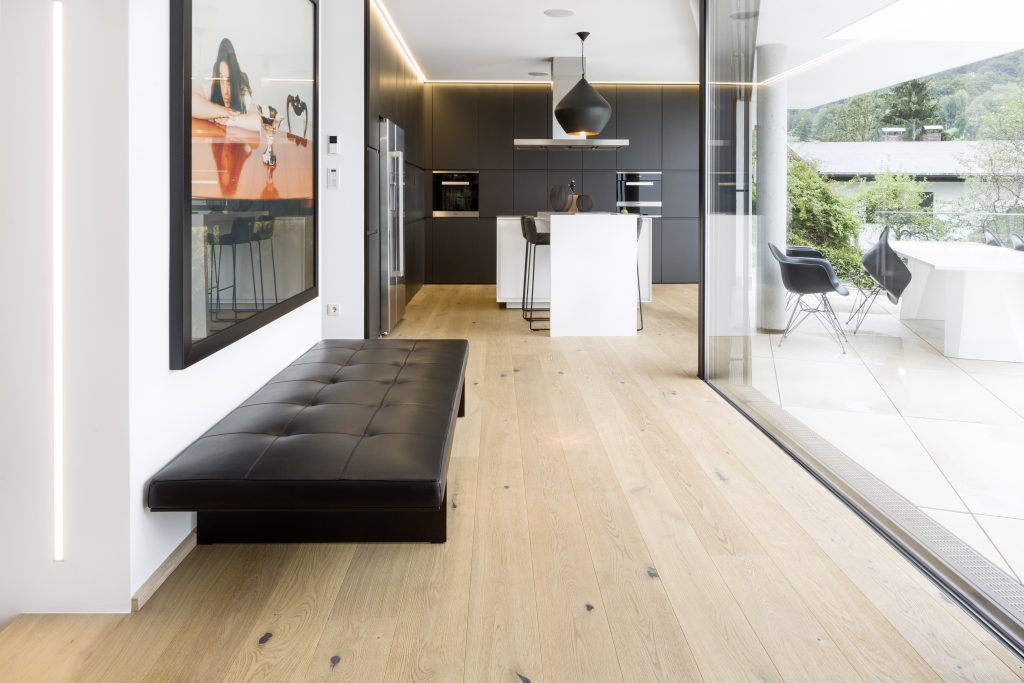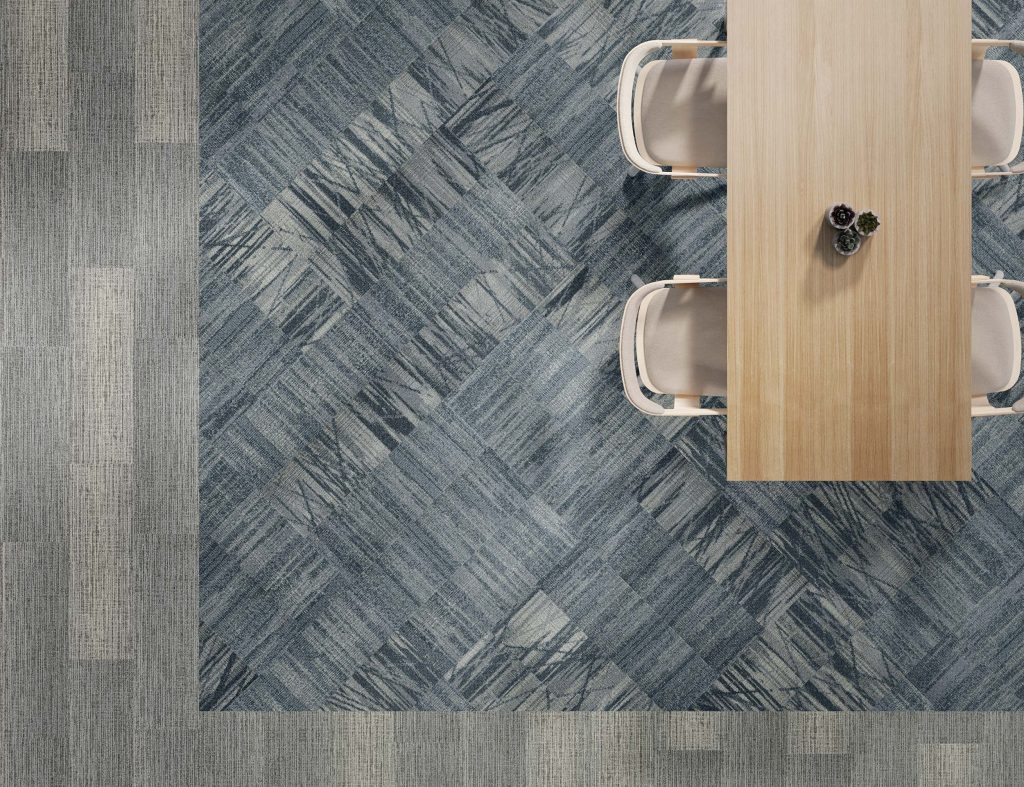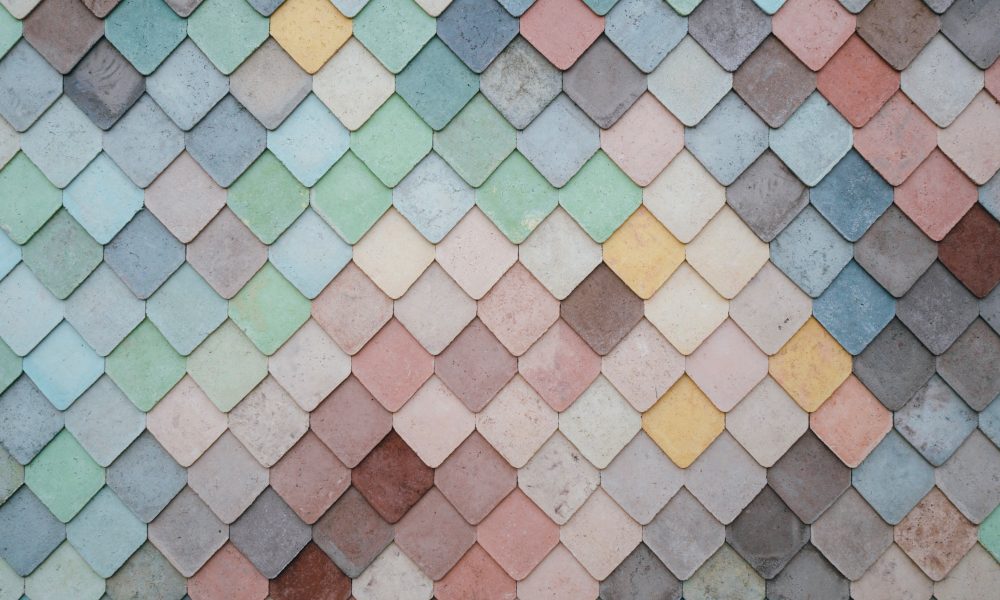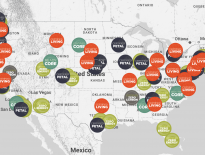Materials transparency is one of the biggest trends shaping design right now. Whether to understand carbon emissions or hazardous chemicals, clients are demanding more information about the climate and health impacts of products they are choosing.
For designers who are selecting flooring or any of the products used in building construction or renovation, the push for transparency could create a challenge. The average building has hundreds of products to select, many of which do not include information about the materials used.
Driven by this demand, however, the International Living Future Institute founded Declare, a “nutrition” label for materials. With a mission to spark a society that is socially just, culturally rich, and ecologically restorative, the Institute created Declare to transform the building industry, one product and manufacturer at a time.
Much as nutrition labels help consumers know what is in the food they buy, Declare helps designers select healthy building products. To make it happen, the Living Future Institute works with manufacturers to screen products against the materials “Red List” – which is a comprehensive and updated collection of chemicals proven to harm human and environmental health. Products that meet the requirements are added to the Declare database, which currently has more than sixteen thousand options.
Recently, driven by demands for action on climate change, Declare added embodied carbon, showing the emissions associated with a product’s manufacturing.
Declare offers an accessible, easy-to-read format that helps busy designers identify healthy products from leading manufacturers. The Declare database allows designers to quickly identify products bearing the transparency label.
Buildings are major contributors of carbon emissions and environmental impacts. People spend 90 percent of our time indoors, so it is more important than ever to ensure that the materials we are surrounded by are safe and healthy. And there are endless opportunities to radically and quickly inspire sustainable transformation. This is at the heart of Living Future’s mission.
Much like in the food industry, large companies fought hard for many years to keep the details of their product ingredients hidden from customers. To them, the product ingredients were seen as proprietary and confidential. Nevertheless, lead, phthalates, flame retardants and many other chemicals of concern are common in building materials, impacting indoor air quality and the health of workers in manufacturing and construction with well-documented negative health impacts.

Driven by the demand for transparency, however, leading manufacturers – including flooring companies like Advance Flooring Systems, Aspecta, Crossville, Forbo Flooring Systems, Mafi, Mohawk, Tarkett, Teknoflor designers and many others – have leaned into providing information to their customers via Declare labels.
Declare makes all chemical information publicly available on the Declare database. All chemicals are listed on the label down to 100 parts per million (PPM). To be included in the database, a product’s chemicals are screened against the Institute’s Red List, which contains 22 groups of chemicals that are determined to be the “worst in class.” These are chemicals that cause harm to construction and factory workers, bio-accumulate (meaning they build up in the bodies of animals and humans), and are prevalent in the building industry.
“Red List Free” Declare labels mean that 100 percent of the ingredients are disclosed and no Red List chemicals are present. The Declare program also allows exceptions to meet the realities of the industry. For example, up to one percent of a product’s chemistry can be listed as proprietary. In this case, the label qualifies for “Red List Approved” status. Because Red List chemicals are pervasive, and sometimes alternatives are not readily available, products that have Red List ingredients can still qualify for a Declare label as long as 100 percent of the chemicals are disclosed; these labels fall under the “Declared” status.
The Declare label provides information relating to a product’s life expectancy, disposal at the end of life, embodied carbon, material health, compliance with Volatile Organic Compounds (VOC) limits and compliance with responsibly sourced wood requirements. The Declare database allows users to search through Declare products, using filters such as by CSI Division, Manufacturer Name or Declaration Status.
The Declare label is an approved pathway towards LEED v4 and v4.1 Building Product Disclosure and Optimization Credits, along with various International WELL Building Standard Features and several Enterprise Green Communities Criteria. In addition, the Living Building Challenge, which is the world’s most holistic, ambitious green building platform, also allows Declare products to achieve the Materials petal.

When it comes to flooring, there are many Declare options. For example, some of the latest additions come from WilsonArt, Panolam Surface Systems and Formica Corporation. When specifying laminate flooring, it is now possible to secure at least three bids for different Red List Free and Red List Approved options. Recognizing how bid processes work, the Institute is now working to offer at least three different Declare options for every CSI Division, to help ensure that products without harmful chemicals are available in more buildings.
Now more than ever, it is possible – and important – to steer clear of carbon-polluting, health-degrading products. Declare is an easy-to-use solution for designers to meet their customers’ needs.
The International Living Future Institute is working to create a regenerative future, where buildings and products are zero carbon, healthy, socially just and sustaining for all. Declare is a step in that direction, offering transparency for designers and their clients. For those seeking the world’s most advanced product sustainability standard, the Institute also offers the Living Product Challenge.
By aiming for regenerative buildings and products, rather than incremental improvements alone, the Institute has shown that we can make progress much faster and in more transformational ways. Individually, these products cause ripples that show what’s possible. Collectively, they move society towards a regenerative future.
Bela Garcia is the Materials Manager within the Impact Team at the International Living Future Institute. She can be reached at bela.garcia@living-future.org.


